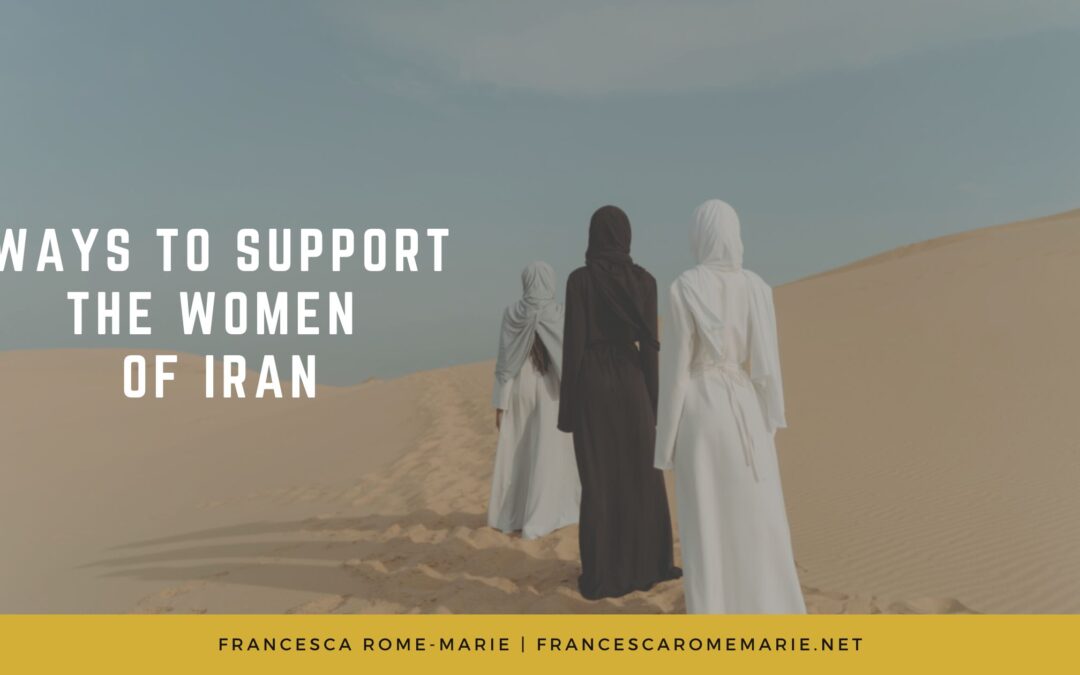No one should be killed or imprisoned for how they dress. However, state-sanctioned violence over clothing is a reality for women in Iran. Stripped of their rights and subjected to abuse for decades, women in Iran have been suffering under gender apartheid imposed by the ruling regime. Many have been victims of violence and intimidation regarding their lack of legal autonomy and ability to make basic personal choices –including whether to wear hijab.
The recent death of Mahsa Jina Amini – a 22 year old Kurdish woman who was in police custody following her arrest for purportedly violating Iran’s hijab law – has sparked protest in the highly restrictive country. Over the past couple of weeks, Iranian women have been taking to the streets to demand an end to the restrictions and brutal punishments.
Here are five ways that you can show your support for Iranian women.
1. Write Your Government
The international community must support the people of Iran who are fighting against the government’s human rights violations. One way we can do this is by writing to our representatives and government officials to demand they take a stand against the oppression in Iran. We can also advocate broadly to end gender apartheid. While we cannot directly lobby the repressive regime in Iran, we can make it politically difficult for our own governments to ignore the authoritarian abuses.
2. Social Media Awareness
You can connect with people fighting against oppression in Iran through social media and follow accounts that support women in the country. Some of these include Amplify Iran, Diaspora for Iran, Nazanin Boniadi (Iranian actor and the UK Ambassador for Amnesty International), and Masih Alinejad (Iranian journalist).
3. Do Your Reading
If you are interested in learning more about women’s rights in Iran, reading works of women writing from an Iranian perspective is a good way to start. Marjane Satrapi (The Complete Persepolis), Ava Homa (Echoes from the Other Land), and Azar Nafisi (Reading Lolita in Tehran and Things I’ve been Silent About) all offer powerful narratives.
For a deeper understanding of Iran’s government and the socio-political environment surrounding the protests, both The Iranian Revolution at Forty and Revolutionary Iran: A History of the Islamic Republic provide examinations of the country’s recent history.
4. Attend Events
One of the best ways to learn about an issue is by listening to and talking to those affected. Various organizations host meetups, panels, and workshops to give a voice to people the Iranian government oppresses. You can find events happening in your area through social media.
5. Donate
Before the death of Mahsa Jina Amini, there were already several organizations supporting the rights of Kurds, women, and oppressed groups in Iran. These include the Center for Human Rights in Iran and the Abdorrahman Boroumand Center.

